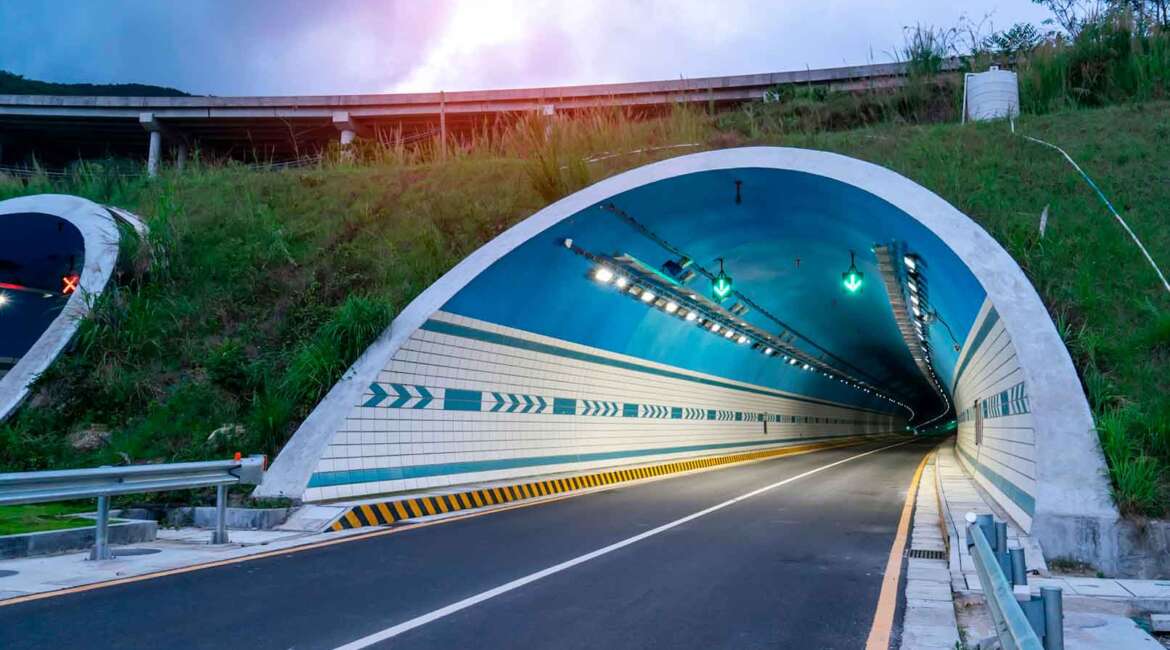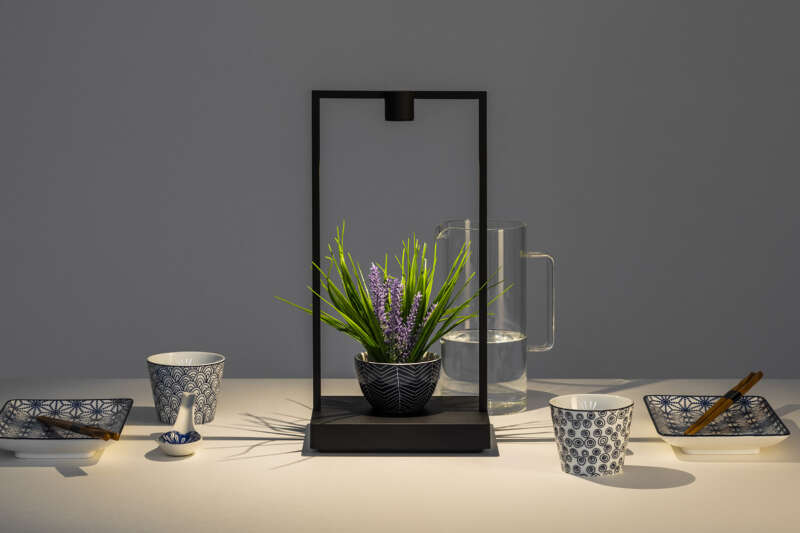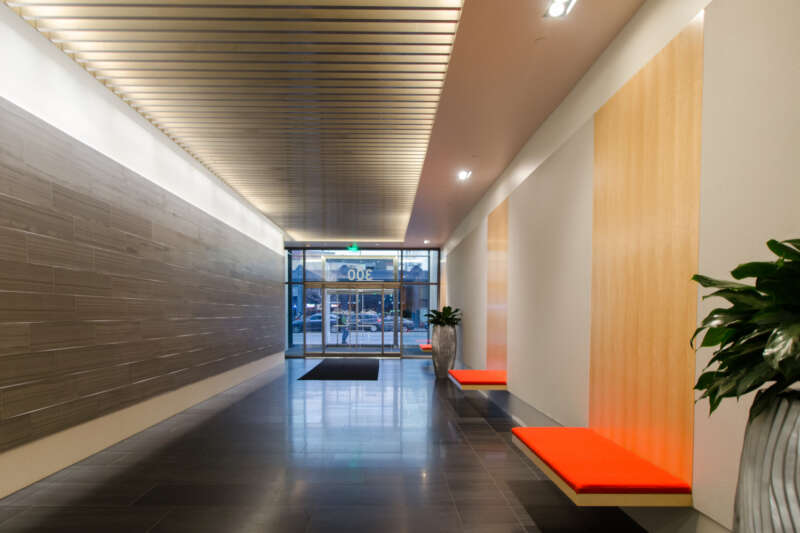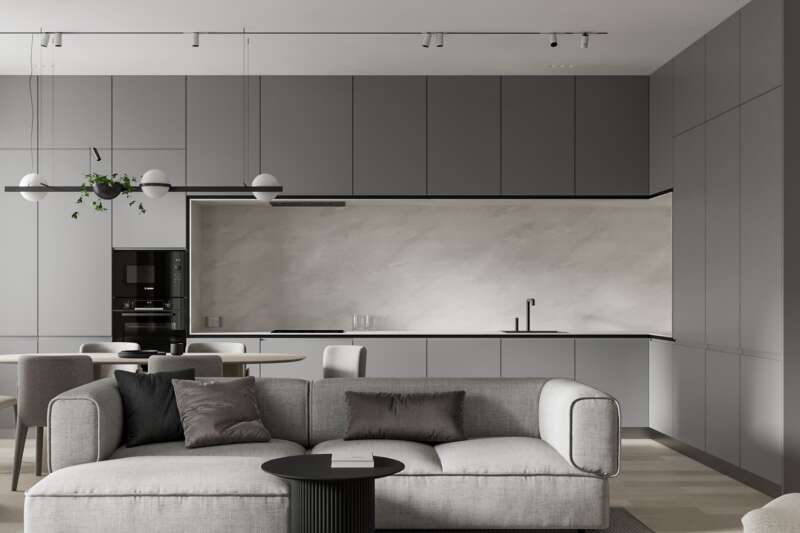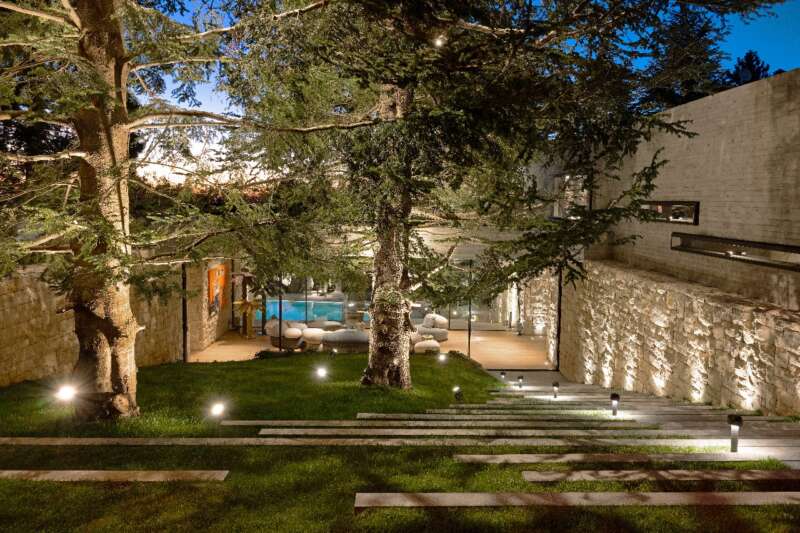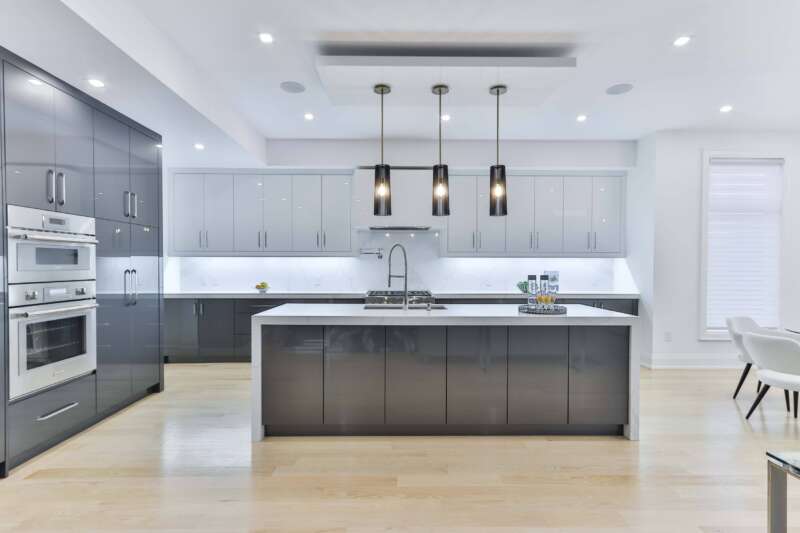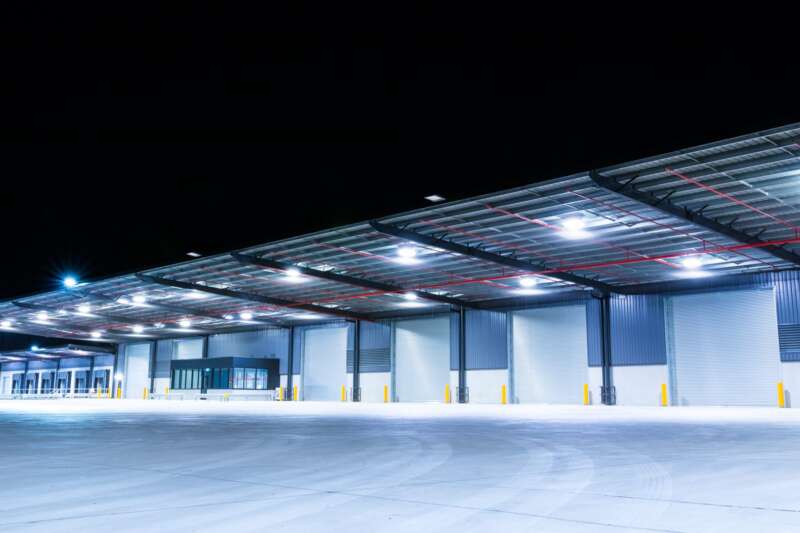Types of LED Tunnel Light
What are LED tunnel lights?
LED tunnel lights are classified into three types based on their function: standard LED tunnel lights, dimmable LED tunnel lights, and emergency LED tunnel lights.
In addition to regular LED tunnel lights or dimmable tunnel lights, a certain number of emergency LED tunnel lights must also be installed. This is to ensure basic safety lighting in the tunnel when the main power supply is disrupted, allowing for evacuation, emergency rescue, and hazard avoidance.
The emergency lighting duration for LED tunnel lights is 60-120 minutes, 90 minutes emergency time is standard. This duration typically ensures that vehicles and people can evacuate and that power supply repairs can be carried out safely.
Lighting Standards for Tunnels
Unlike general road lighting, LED tunnel lighting has specific characteristics, including adapting to human vision, providing transition spaces, and ensuring safe illumination. These aspects are integral to LED tunnel light design and user safety. LED tunnel lighting typically includes entrance, interior, and exit lighting. Entrance lighting, in particular, must gradually decrease from external brightness levels. Specifically, the brightness of tunnel entrance lighting during the day is determined by the outside brightness, vehicle speed, field of view at the entrance, and tunnel length. The International Commission on Illumination (CIE) divides tunnel entrance lighting into threshold and transition zones. The threshold zone eliminates the “black hole” effect, allowing drivers to see obstacles clearly at the entrance. Transition zone lighting gradually decreases to prevent a sharp contrast between the threshold and interior lighting. Japanese tunnel lighting standards further divide entrance lighting into entrance, adaptation, and transition zones.
The interior zone is away from natural light, where driver vision is solely influenced by LED tunnel lights, providing uniform illumination throughout. The brightness level in this zone is constant and determined by traffic flow and vehicle speed.
Characteristics of Highway LED tunnel lighting
- Highway LED tunnel lighting has unique characteristics different from ordinary road lighting. You should consider:
- The road surface should have a certain brightness level (efficacy and power of LED tunnel lights).
- Tunnel walls should have a certain brightness level (light angle and upward angle of LED tunnel lights).
- Factors such as design speed, traffic volume, and route alignment (installation density and arrangement of LED tunnel lights).
- Overall lighting level for safety and comfort (glare control and color rendering of LED tunnel lights).
- Human visual adaptation, especially at tunnel entrances and exits (increased power density of LED tunnel lights in these areas).
- Daytime lighting is more complex than nighttime (smart dimming LED tunnel lights).
To achieve energy savings, improve lighting effects, and ensure driving safety and comfort in tunnel lighting, consider the following:
Brightness: During the day, outside brightness is much higher than inside the tunnel. Drivers need adaptation time when entering the tunnel, known as the “adaptation lag phenomenon.” Without proper transition lighting, drivers may experience the “black hole” effect, temporarily losing normal vision, posing a safety risk. Transition lighting prevents this by gradually decreasing brightness from the entrance to the interior.
Brightness Uniformity: Good visual function requires a reasonable average brightness and minimal difference between average and minimum brightness on the road surface to avoid glare and visual fatigue. Uniform brightness prevents the “zebra effect,” where alternating bright and dark bands disturb drivers.
Glare: High brightness or contrast in the visual field causes glare, reducing visual function and comfort. Glare sources include oncoming headlights, tunnel lights, and bright tunnel exits. Glare diminishes the ability to see obstacles and affects driving safety. LED tunnel lights should minimize direct and reflected glare.
Flicker Effect: Flicker occurs due to non-continuous light arrangements, causing repetitive brightness changes that disturb drivers. It relates to brightness variation, frequency, and total flicker duration, influenced by light placement, vehicle speed, and tunnel length. Acceptable flicker frequencies are below 2.5Hz and above 15Hz.
Lighting Control: Advanced lighting control adjusts illumination levels based on time of day and traffic conditions, optimizing energy use. Sensors and dimmable electronic ballasts create intelligent lighting systems, maintaining brightness uniformity while reducing energy consumption.
For regular secondary road tunnels, the enhanced lighting requirements for the entrance and exit sections are not as strict. The same power LED tunnel lights can be used throughout, with adjustments made to the installation density. The enhanced lighting sections have a higher installation density compared to the middle basic lighting section, generally using 30W to 60W LED tunnel lights.
For emergency lighting within the tunnel, the LED tunnel lights are typically installed with a spacing of about 25 meters.


